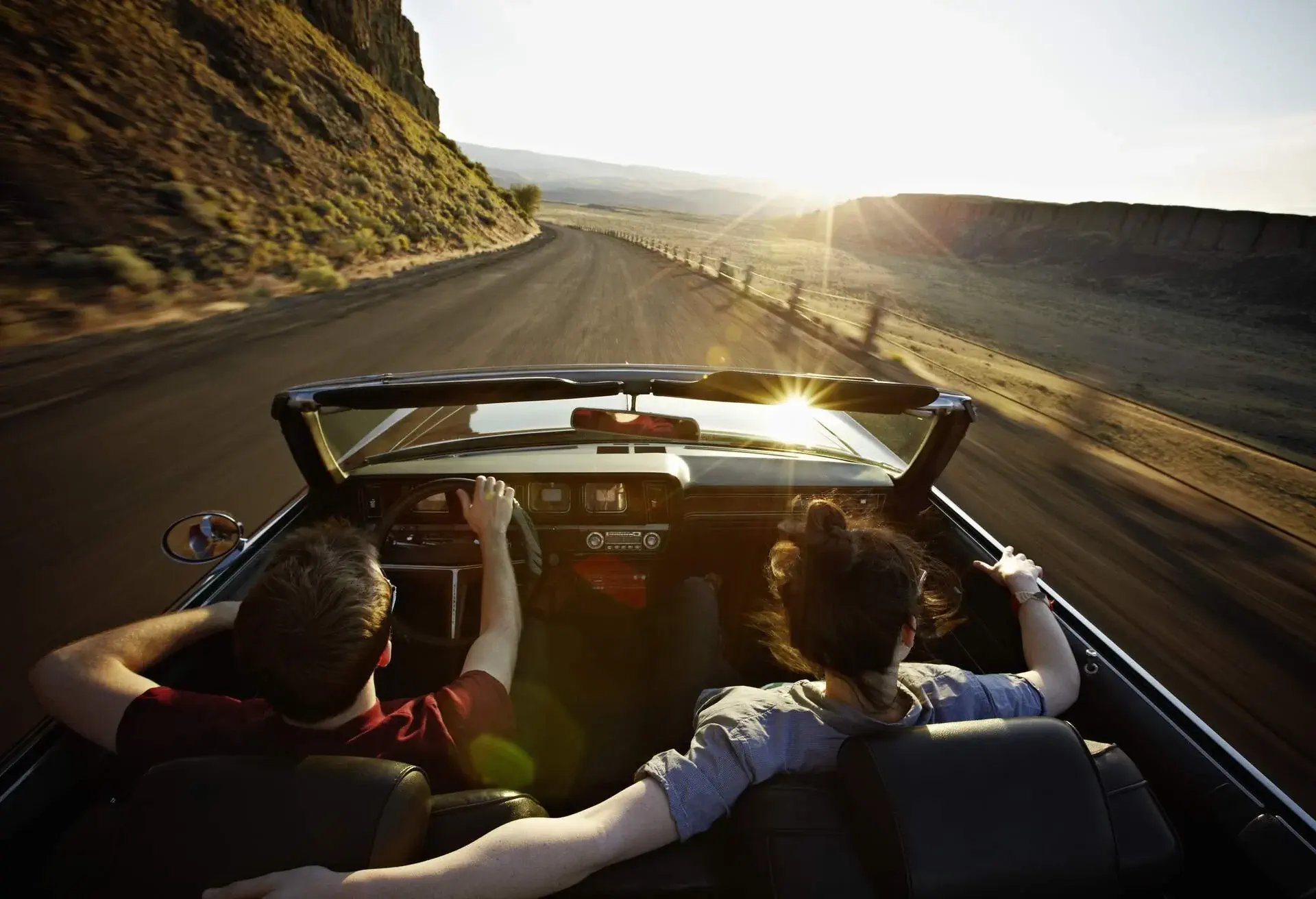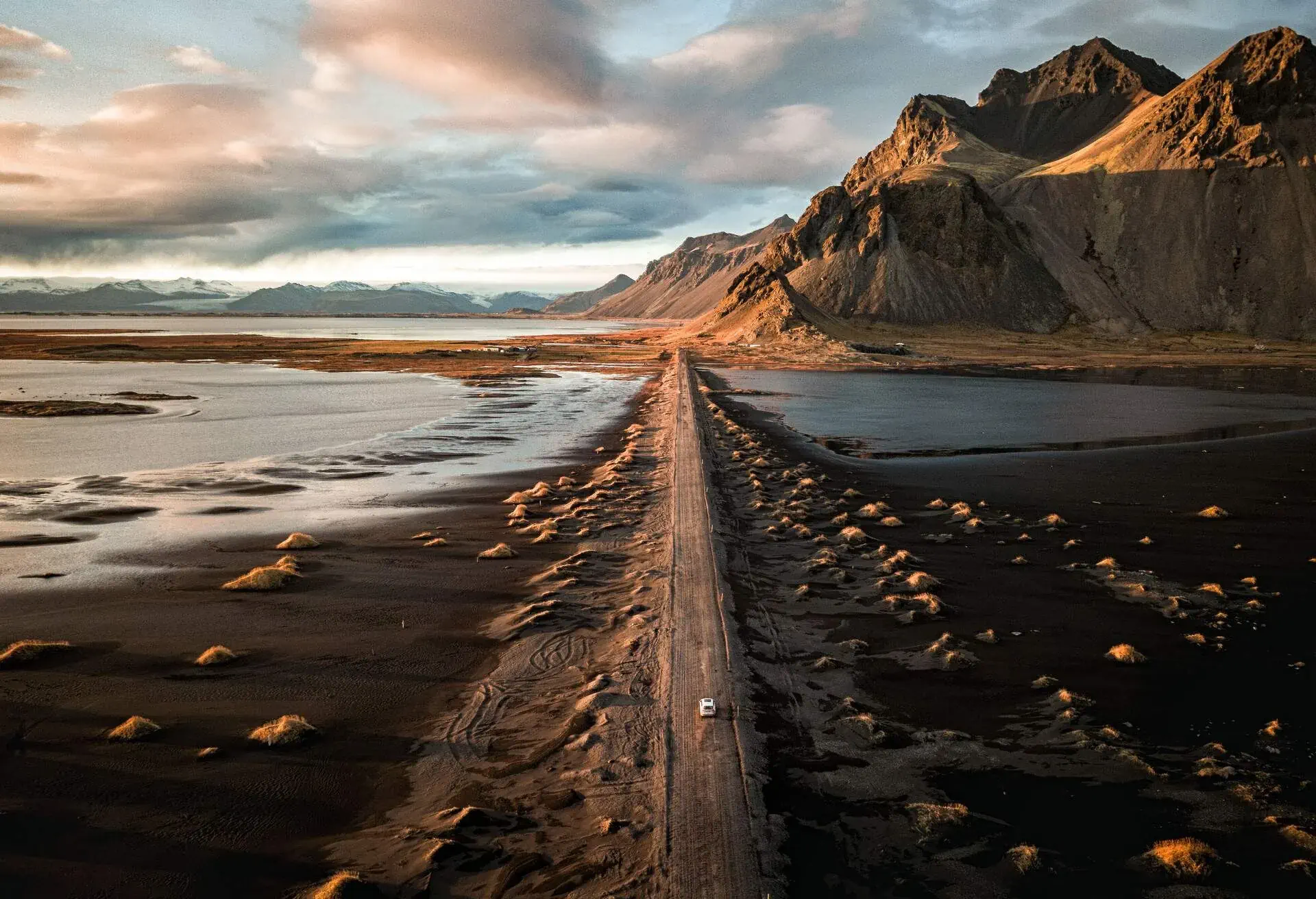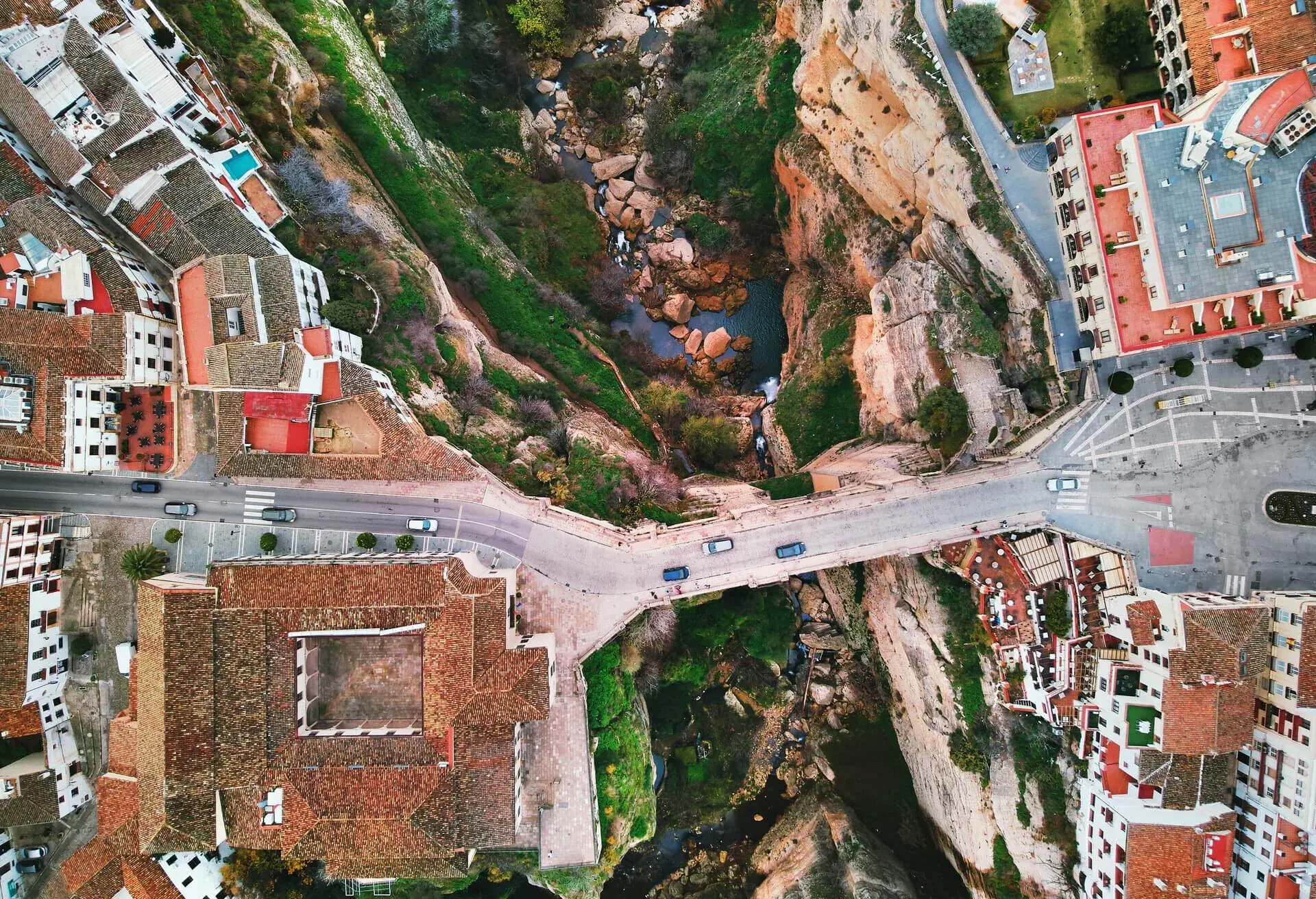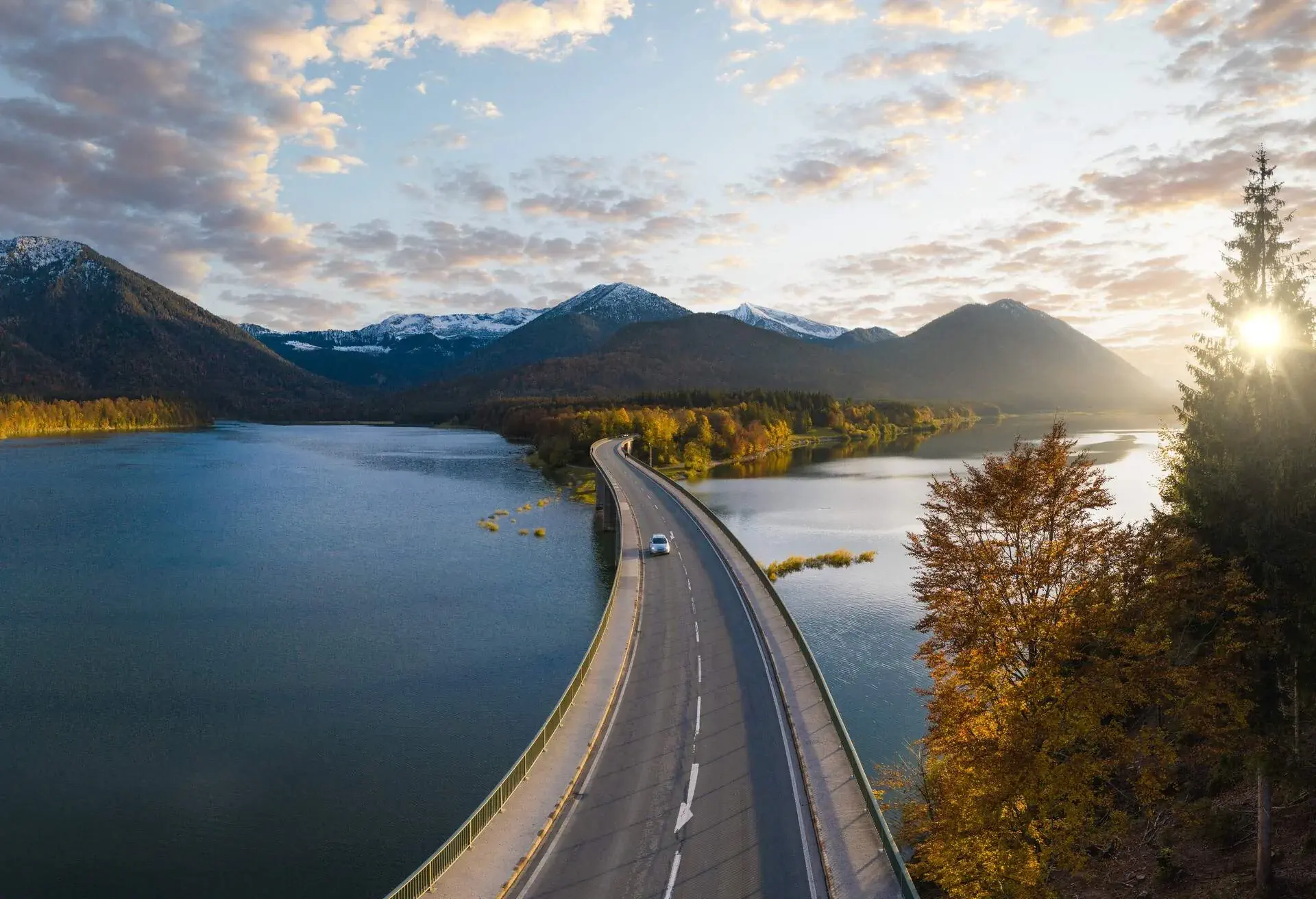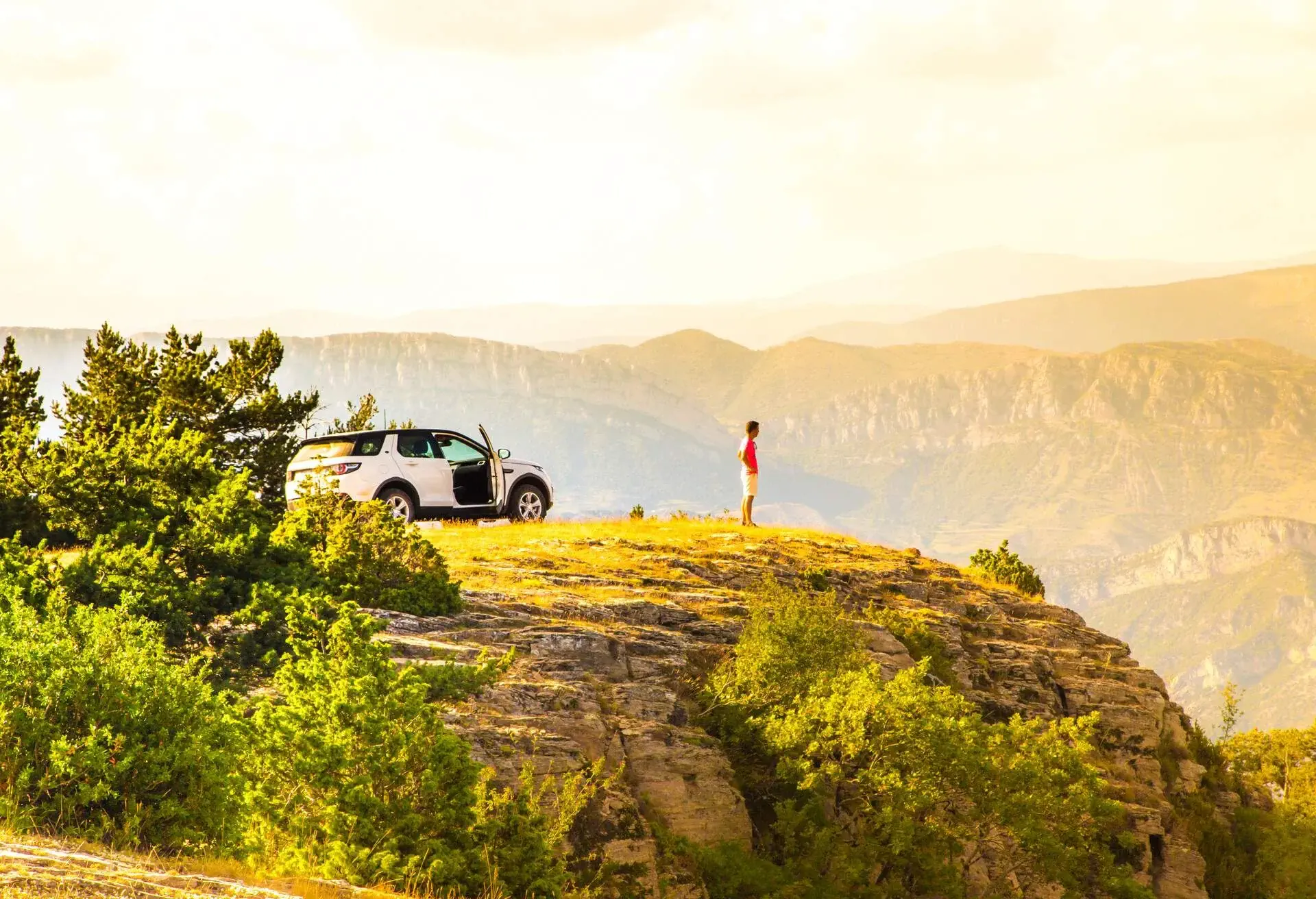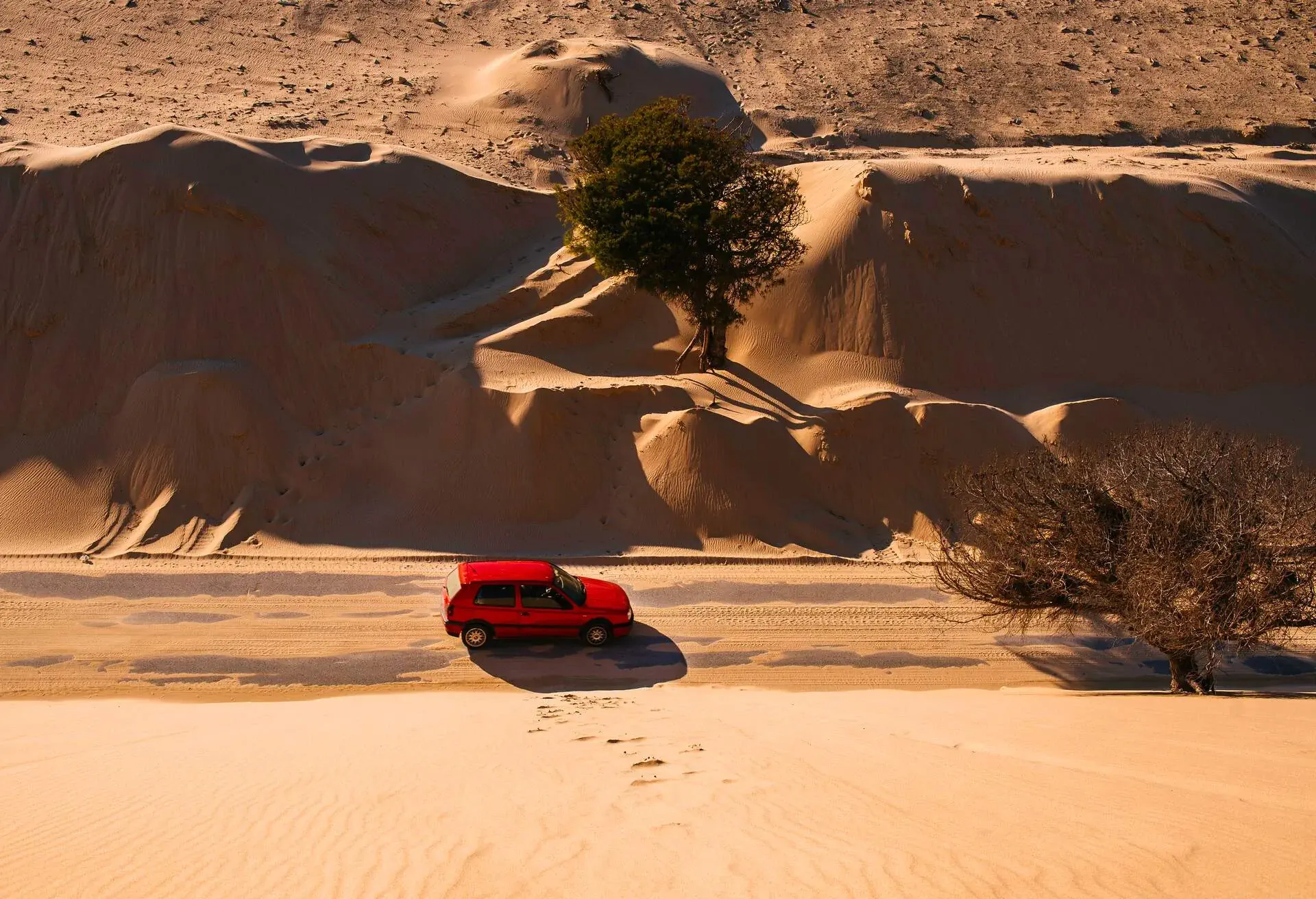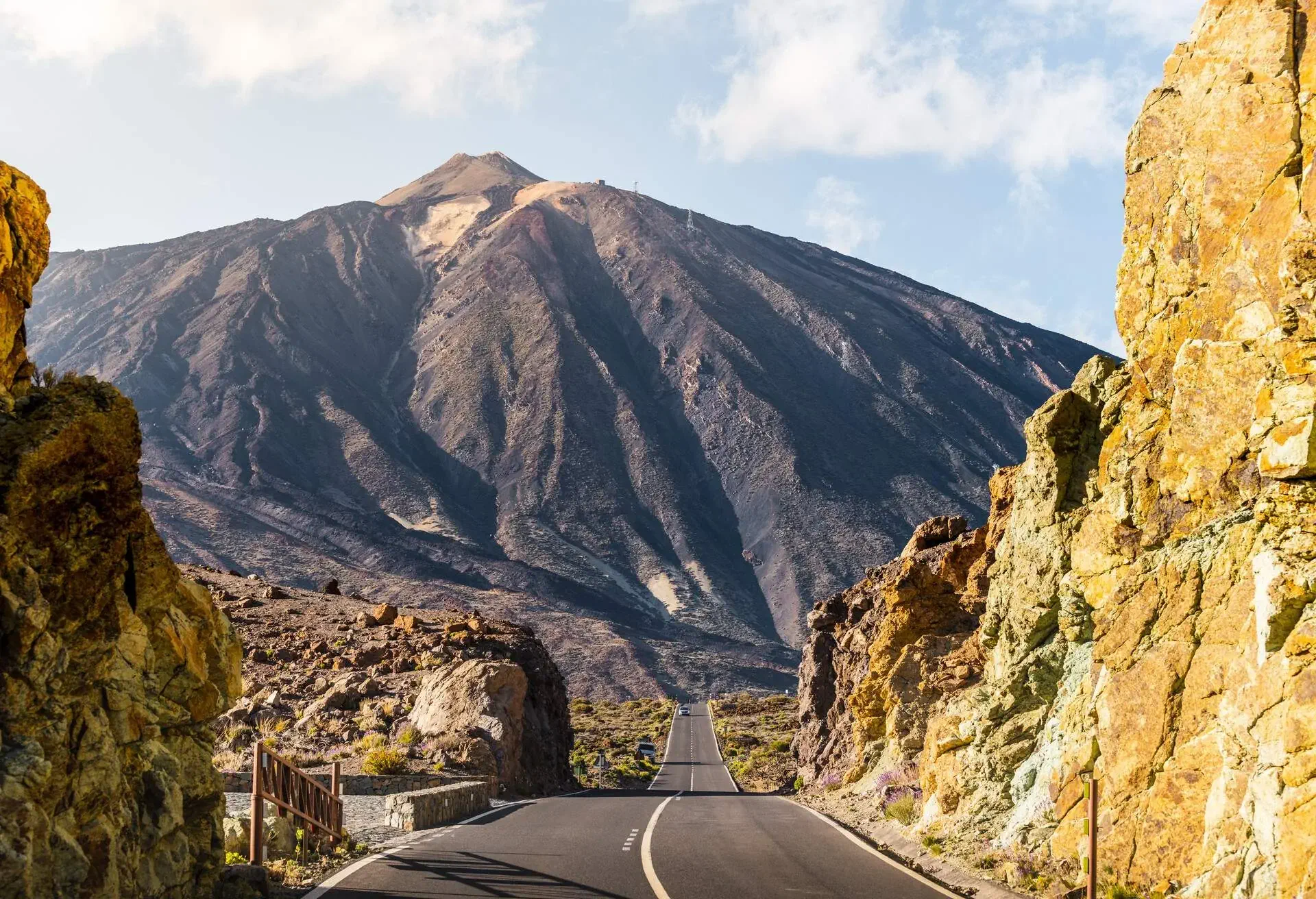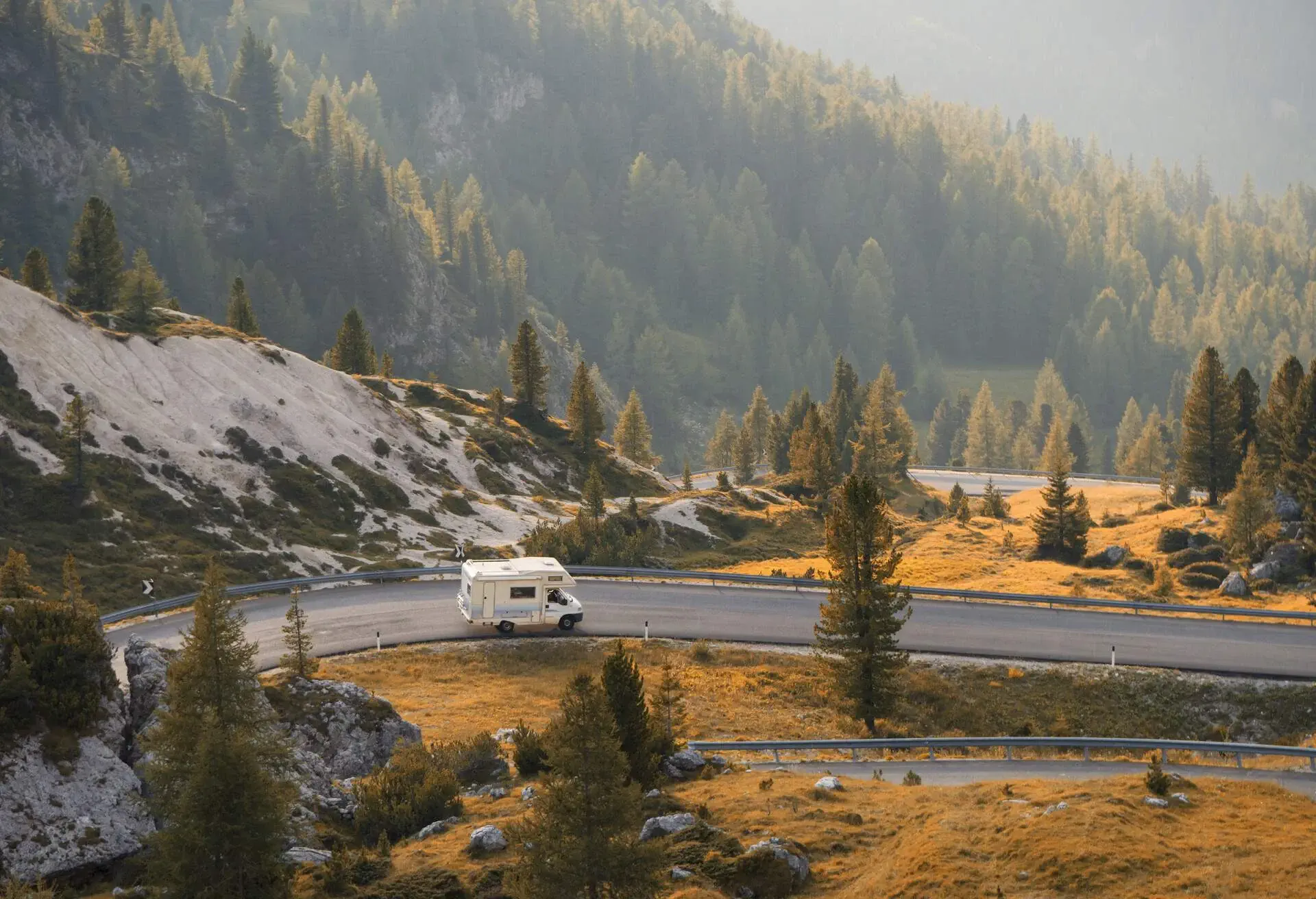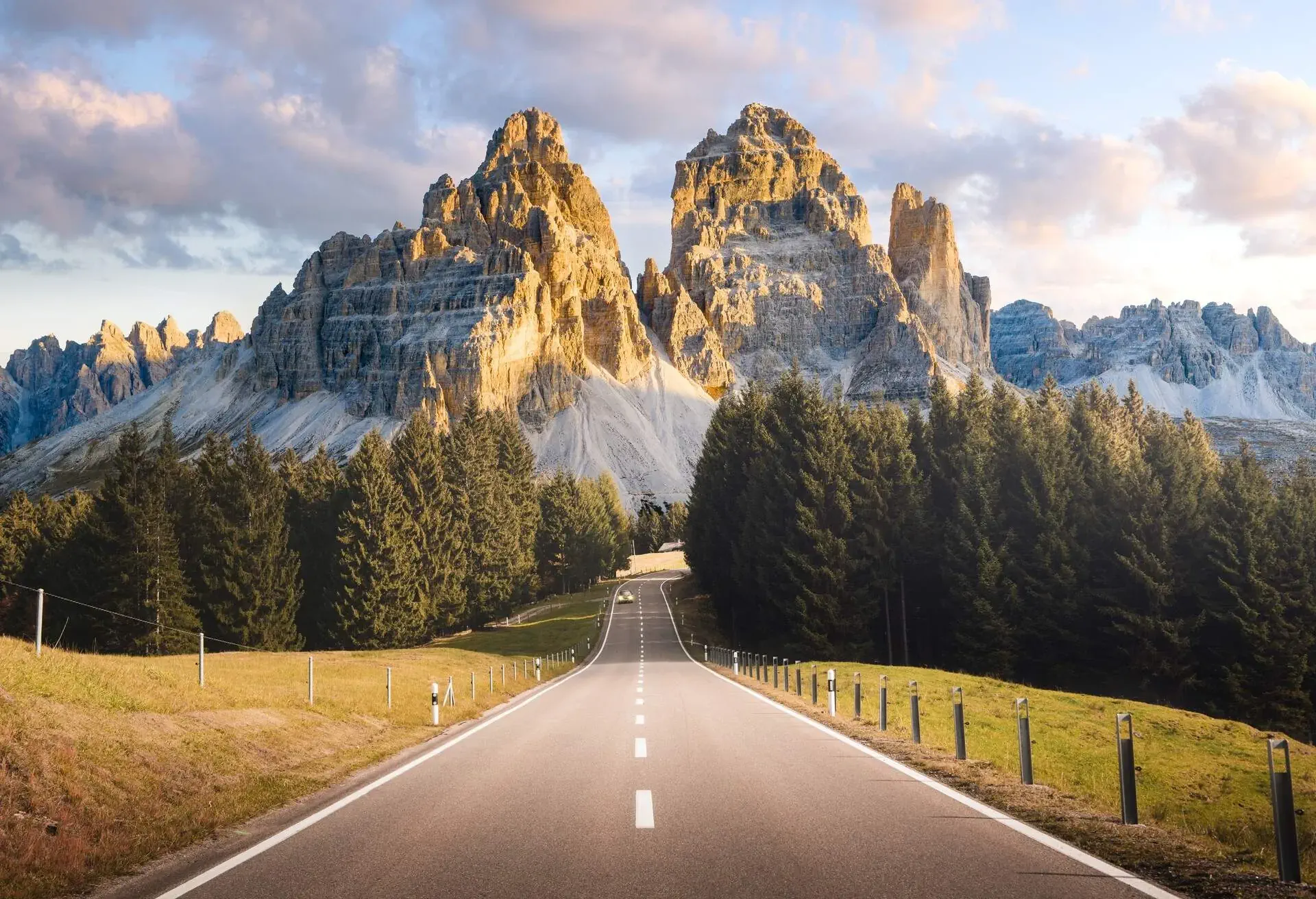
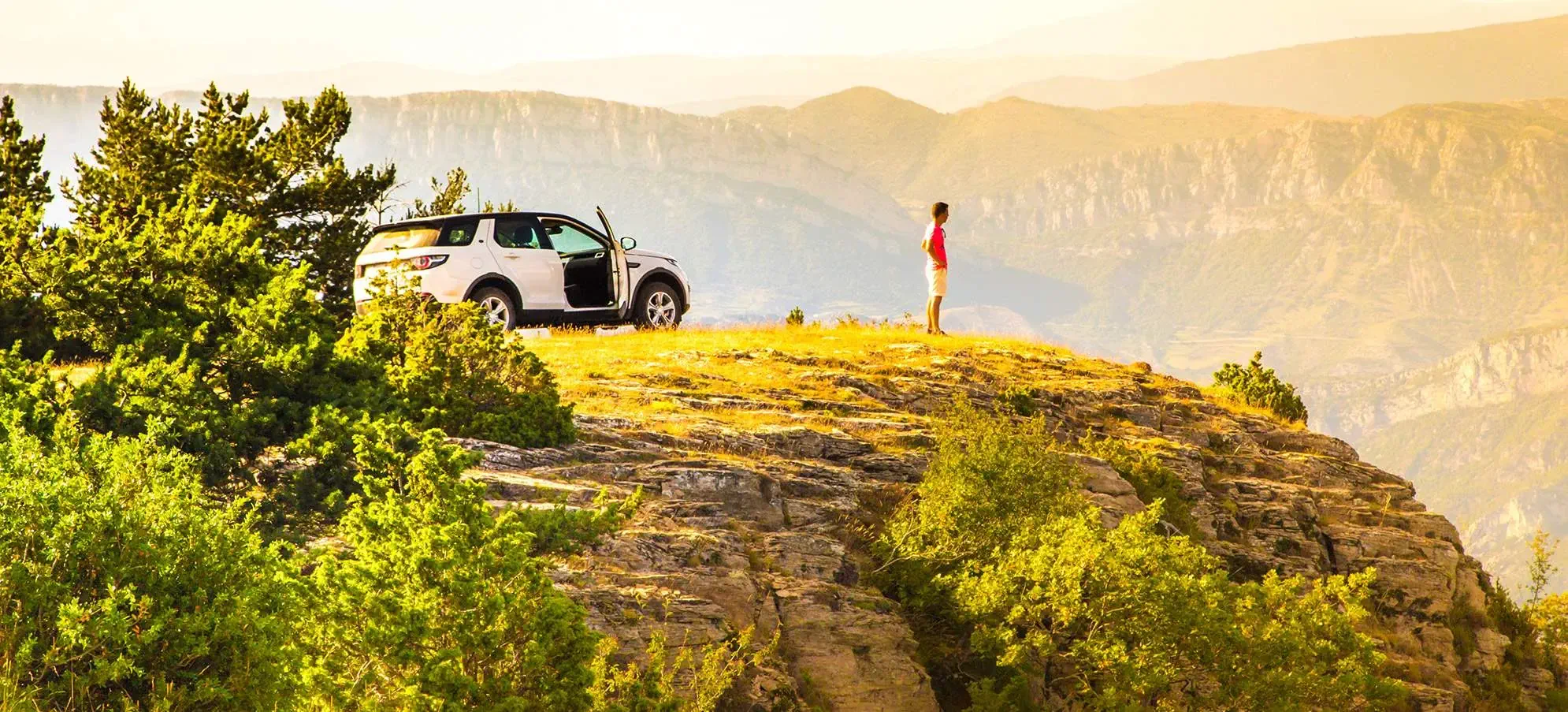
Road Trip Index 2022
New year – new road trip! Our latest Road Trip Index breaks down 33 countries by what they each offer and the type of trip you want to take.
This report was issued on July 20, 2022.
Important: Please check the latest travel restrictions and travel advisories before planning any journey. Visit our travel restrictions map for real-time updates on COVID-19 restrictions and entry requirements of individual countries around the world. Learn more
Best overall countries for road trips
Europe has so much variation to offer – where to go on a road trip this year? In our new Road Trip Index, we’ve ranked 33 countries according to 24 unique factors and five trip types, to help you narrow down the choices.
This summer, prices at the pump may be top of mind as we feel the effects of global inflation and a shortage of fuel. We’ve prioritised this consideration in our Index, and have also added camping factors due to its recent popularity. Because we’ve added more categories and factors than last year’s Index, it’s not possible to compare the two Indexes.
Each country’s final score was derived from calculations (see Methodology) and is presented on a scale from 1-100. However, we’re using each factor’s original values below for better clarity.
You can see how countries rank on individual factors by clicking on the factor icons.
* Tolls policy has been categorised 1-4 with: 1 – denoting toll-free roads, 2 – payment required only for certain bridges/tunnels, 3 – some paid motorways, 4 – time-based vignettes
** Wild camping policies have been divided into 3 categories. For more details, please consult Methodology section on the bottom of the page.
*** As there is no official speed limit in Germany, 160 km/h was used for the sake of comparison with other countries
The factors presented are in the original data values but the total score is presented on a 1-100 scale, with 100 being the best, based on the normalisation calculations. For more information, please see the full Methodology.
Weather
– Precipitation (avg. mm)
– Temperature (avg. degrees °C)
Camping
– Campsite density (per 100km2)
– Campervan hire price (avg. per day)
– Wild camping policy (categories 1-3)
Safety & Infrastructure
– Speed limits (km/h)
– Car accidents (per 1 million inhabitants)
– Road quality (1 (low) – 7 (high) scale)
– Road connectivity (km per land area)
– Public toilets (per km2)
Pricing
– Fuel (avg. price per litre)
– Tolls policy (categories 1-4)
– Hotels (avg. price/night)
– Parking (2h, on street)
– EV charging prices (avg. per 100km)
Traffic & Sustainability
– EV stations (per 100 km2)
– Air pollution (avg. annual exposure)
– Road congestion (avg. in minutes)
– Passenger cars (per 1,000 inhabitants)
Car hire
– Car Hire Ratings (scale 1-100)
– Car Hire Prices (avg. per day)
Nature & Landmarks
– Heritage sites (per 100 km²)
– Attractiveness of natural assets
(1 (low) – 7 (high) scale)
– National parks (% share of land area)
Insights from the study
The rankings from this study are divided into five different road trip types: Sustainability, Camping & Outdoors, Nature & Landmarks, Budget and Safety & Comfort. Each of these types uses multiple factors that each have different weights, depending on their impact on the attractiveness of a road trip.
The countries that are ranked the best for a road trip are likely countries with plenty of nature and heritage sites, lower fuel, hotel and car hire prices, a good selection of campsites and good road quality. Subsequently, the countries that are ranked less attractive for a road trip likely have higher prices, unfavourable road conditions, fewer campsites and/or don’t have as much nature and sites to explore.
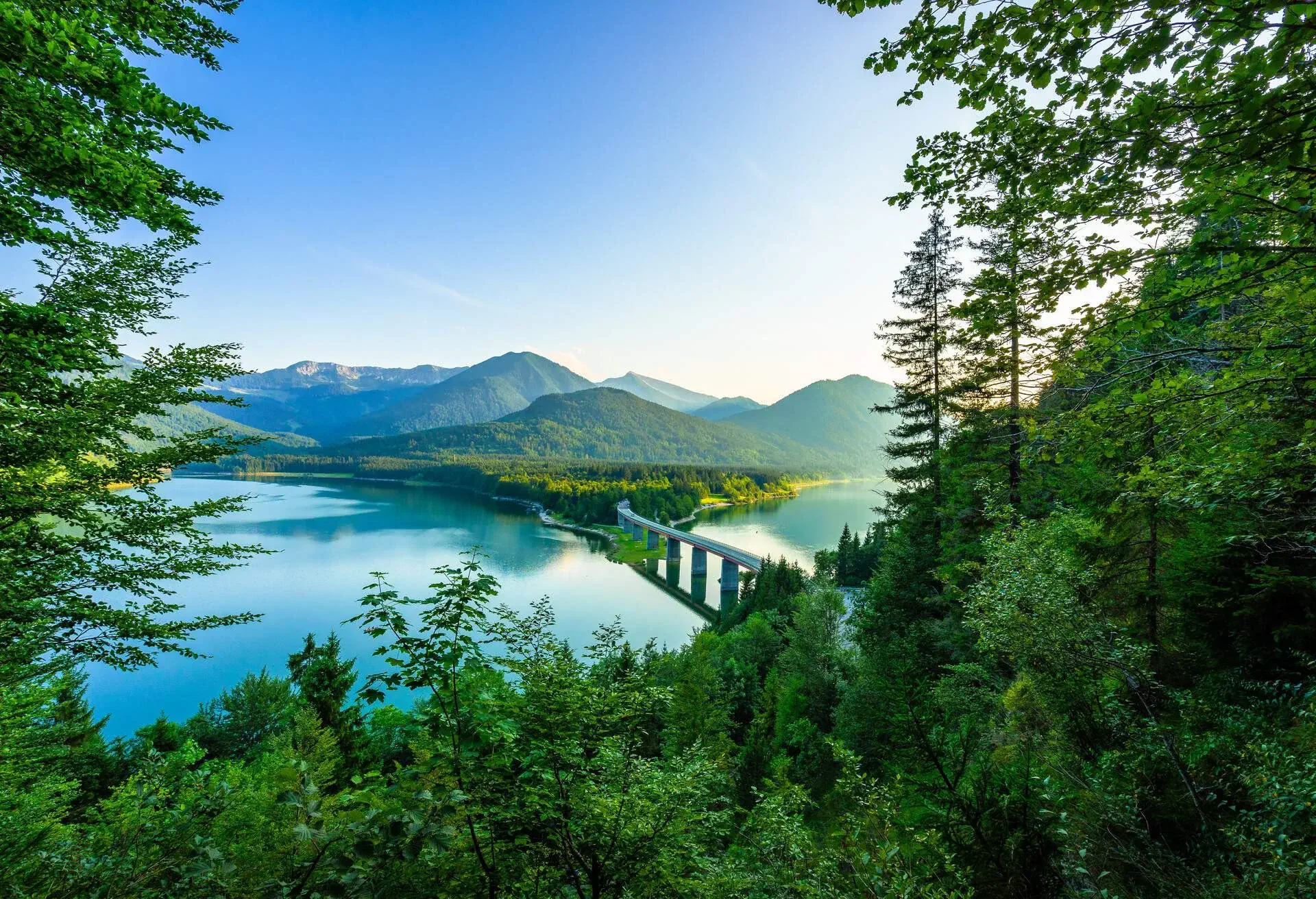
#1 Germany
Germany came out on top this year for the most part because of its large share of UNESCO heritage sites compared to the other countries. It also has few car accidents, plenty of EV charging stations, a comfortable number of public restrooms and lots of camping possibilities.
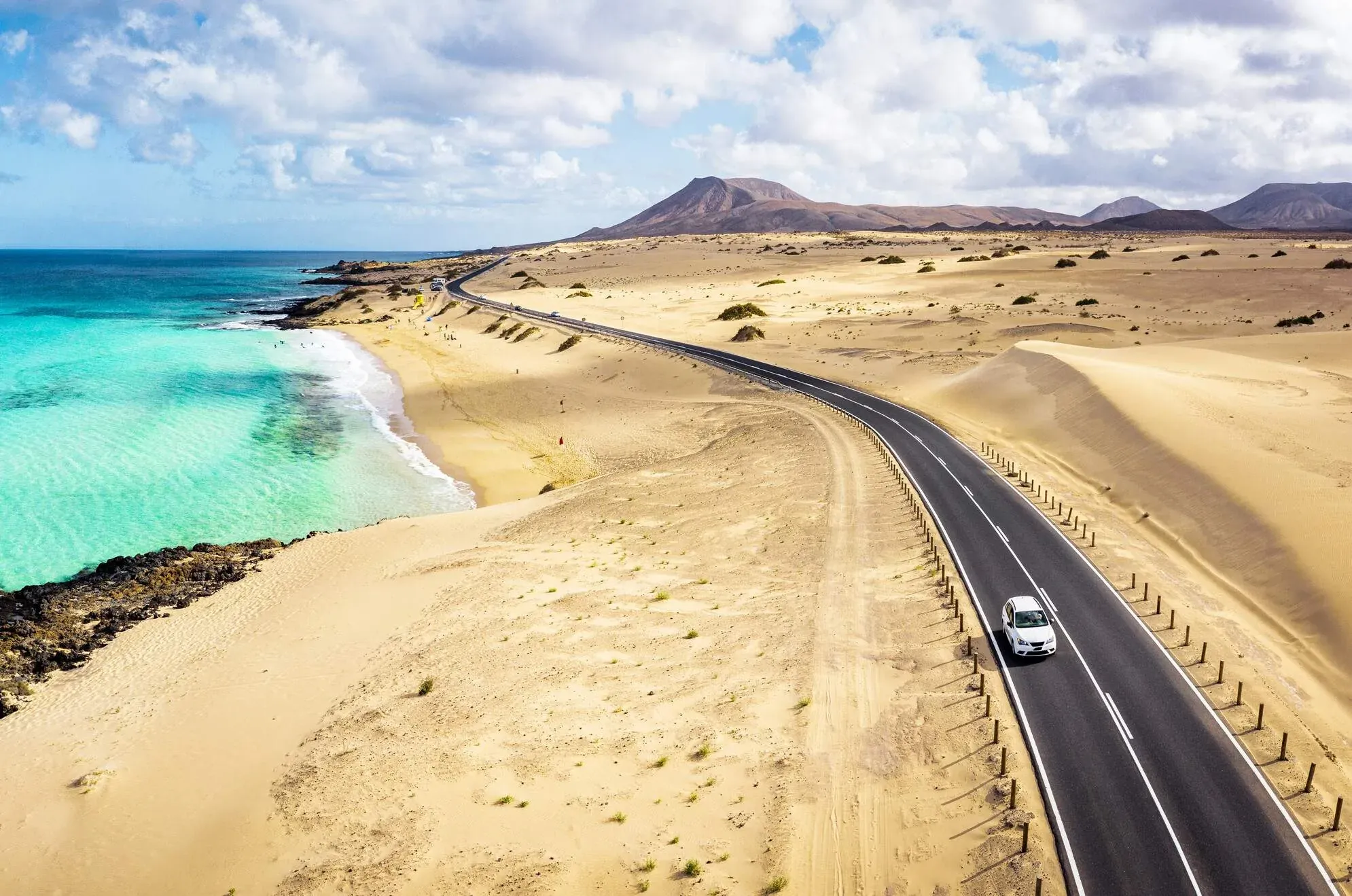
#2 Spain
Spain came in No. 2 as the second best country to take a road trip in. This is because unsurprisingly, Spain has great weather most of the year. But the country also has good road quality, low pollution, and plenty of UNESCO heritage sites and nature.
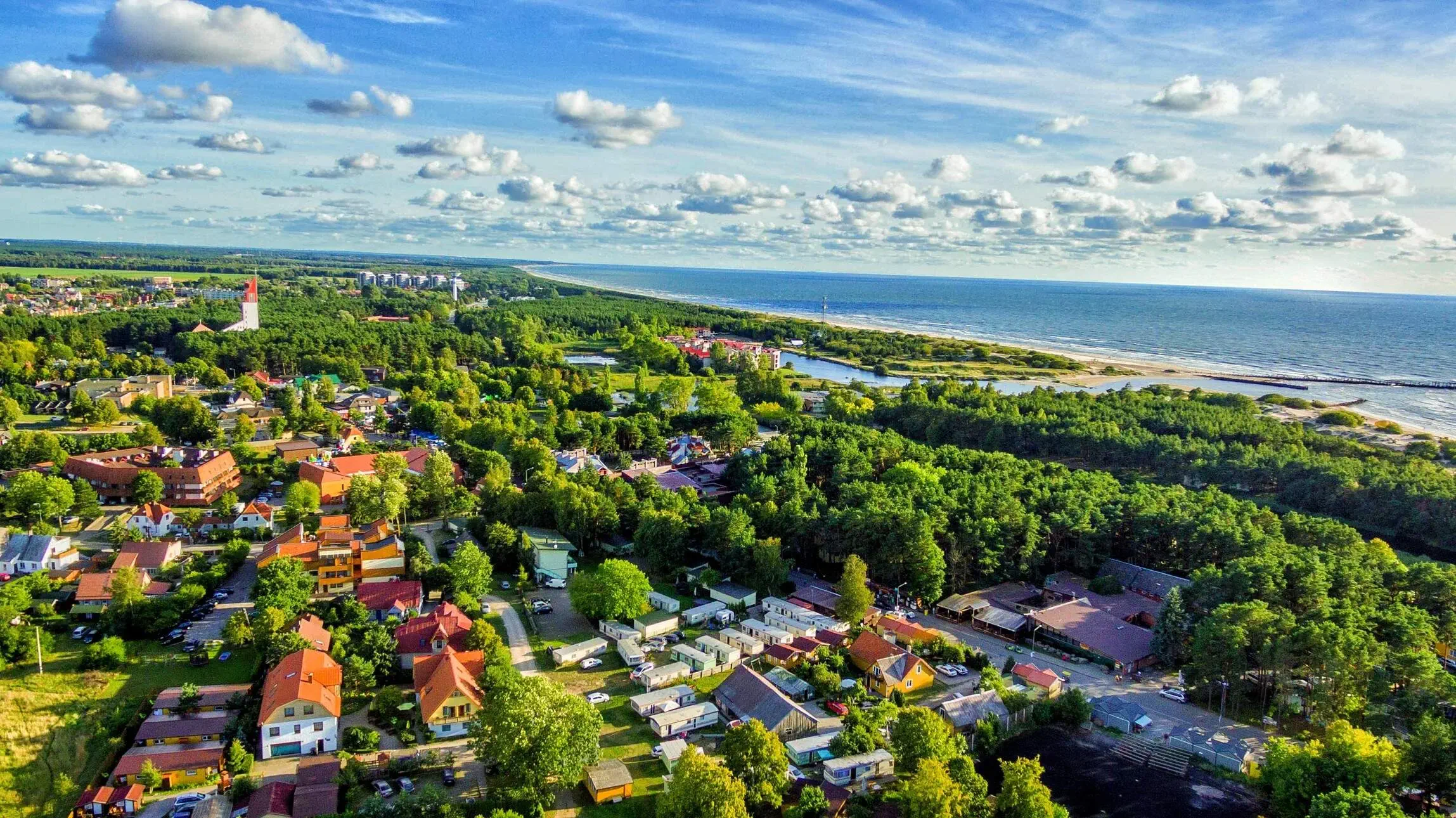
#3 Lithuania
Despite its smaller size, Lithuania scored big for road trips, landing the bronze medal. It scored high across many pricing factors, including parking, hotel and car hire prices. The country also welcomes campers with wild camping access and plenty of campsites.
Traveller type winners
Deep dive into the five trip types below to see the strengths and weaknesses of individual countries.
Sustainability Camping & Outdoors Nature & Landmarks Budget Comfort & Infrastructure
Sustainability
#1 Netherlands
The factors included here are air pollution, congestion and number of cars. But it also takes into account the number of EV charging stations and charging prices for those driving an eco-friendly car. The Netherlands has an extremely high density of EV stations and competitive charging prices, plus relatively few cars for its population.
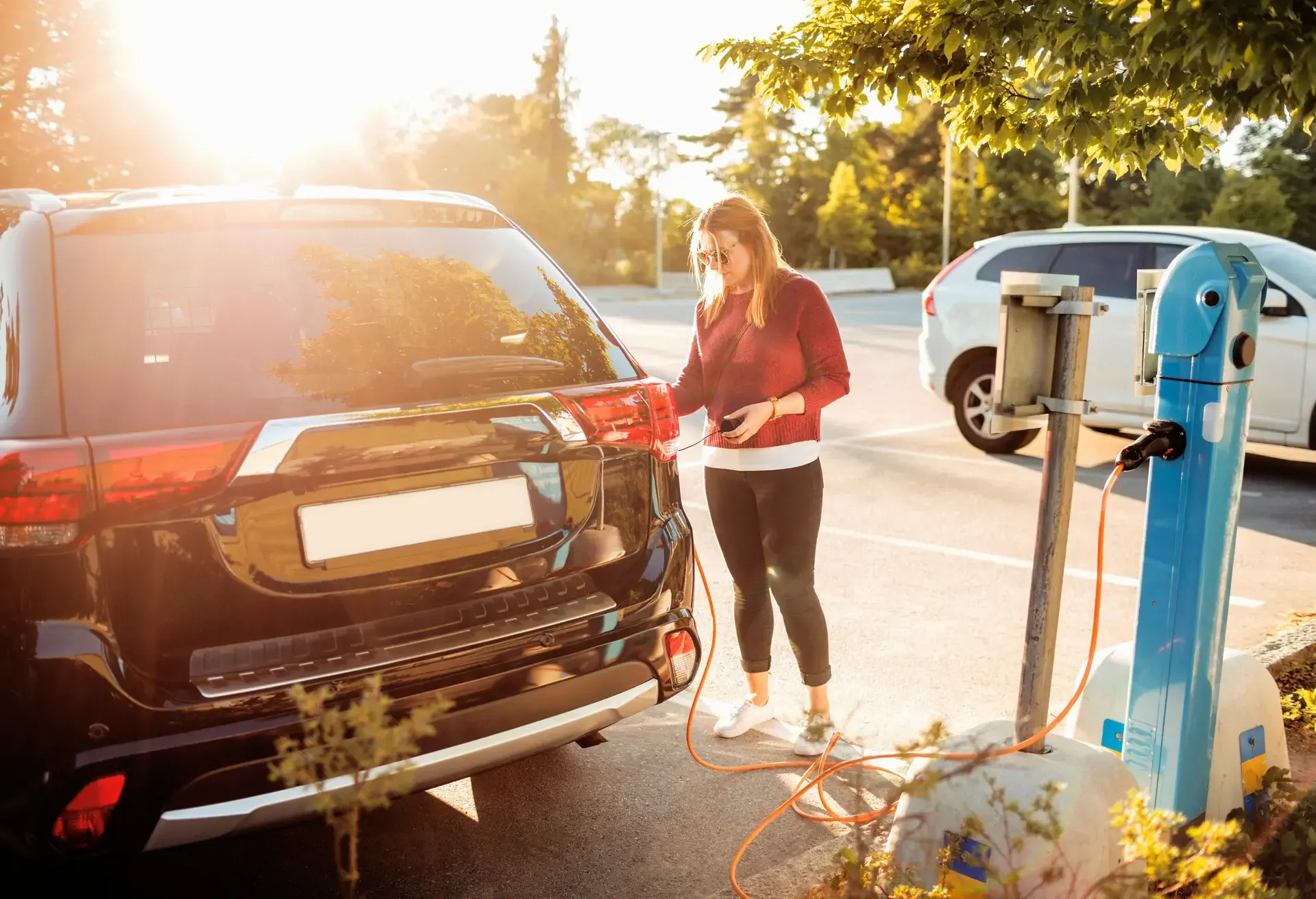
Camping & Outdoors
#1 France
This trip type includes weather factors, amount of nature and national parks, and camping factors. France came in first place primarily because it has affordable campervan hire prices and has many campingsites available. But it also has pleasant weather and many heritage sites and national parks.
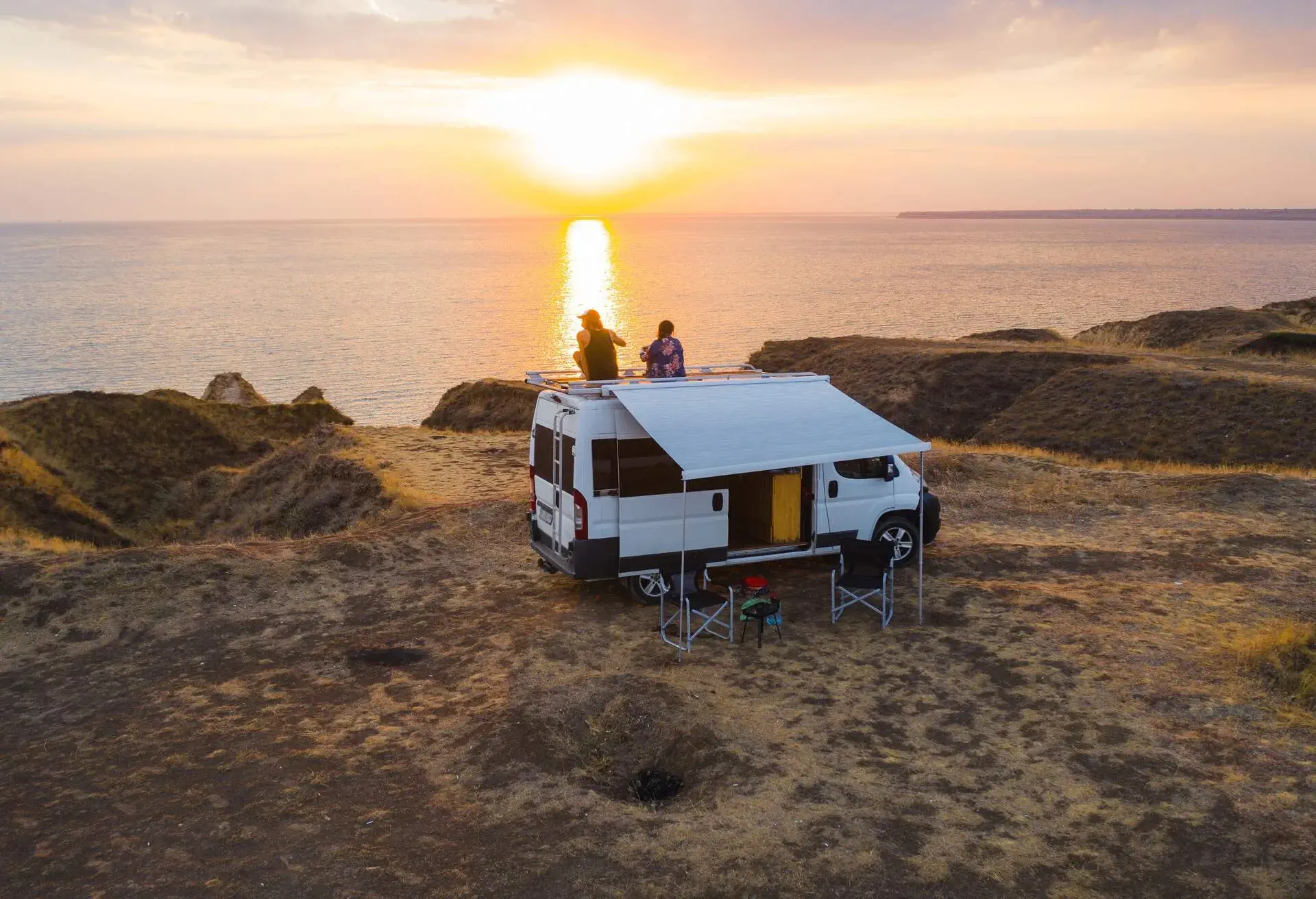
Nature & Landmarks
#1 France
France is brimming with gorgeous nature, from the Alps to deep blue lakes to flowering meadows and forests. It comes in first places because of this incredible nature playground, but it also has the third most heritage sites.
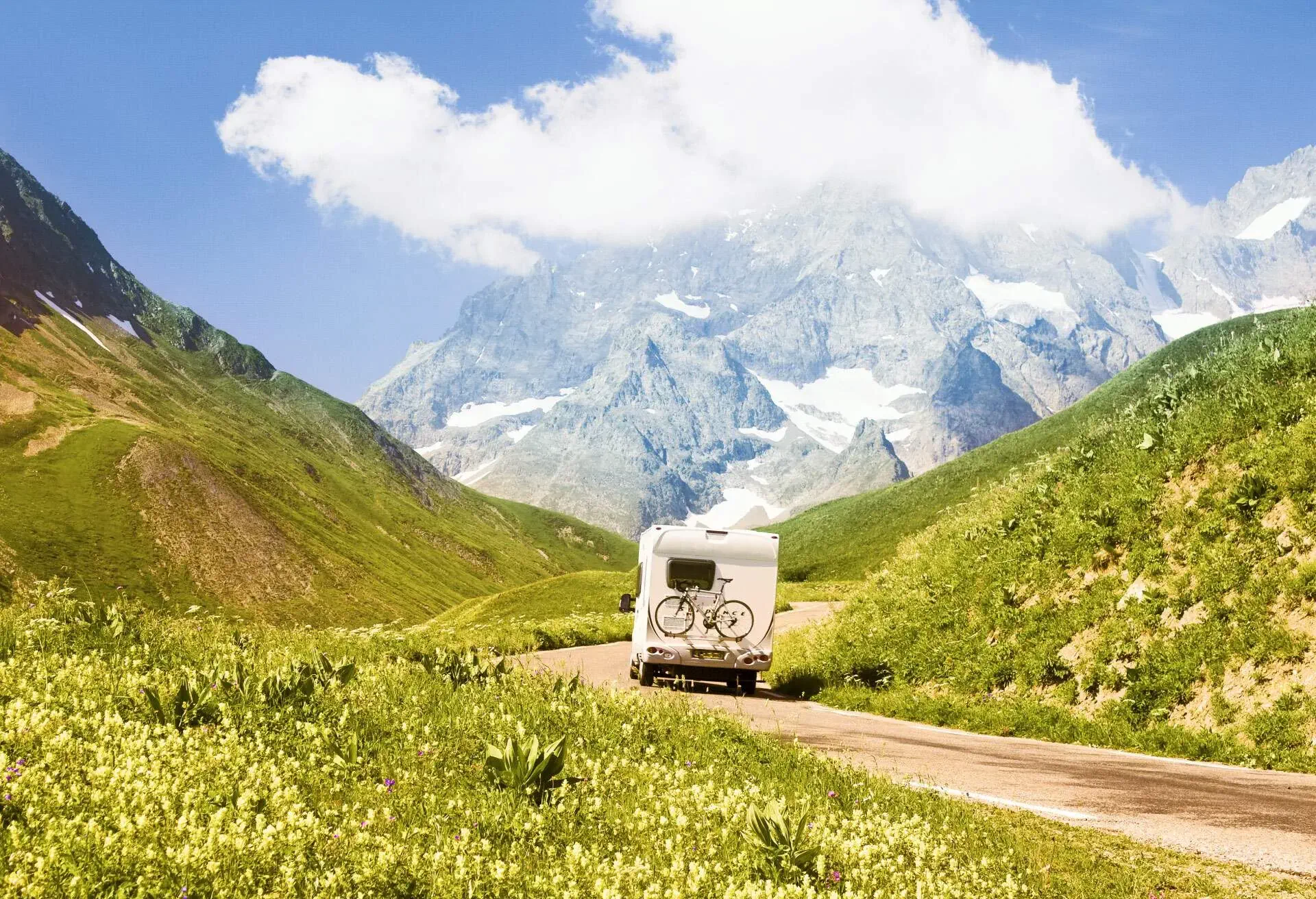
Budget
#1 Serbia
This trip type ranks a country based on factors like pricing for petrol, car hire, accommodation, parking, EV charging and road tolls. Serbia comes in first place because it has cheap petrol and EV charging, competitively-priced accommodation, very low car hire prices and low average parking prices.

Comfort & Infrastructure
#1 Switzerland
Switzerland is a very safe and pleasant country to take a road trip. It comes in first place as the country with the best road conditions, plus it has great car hire reviews and the third fewest car accidents (tied with the UK). It also has the most public restrooms, ensuring stress-free bathroom breaks.
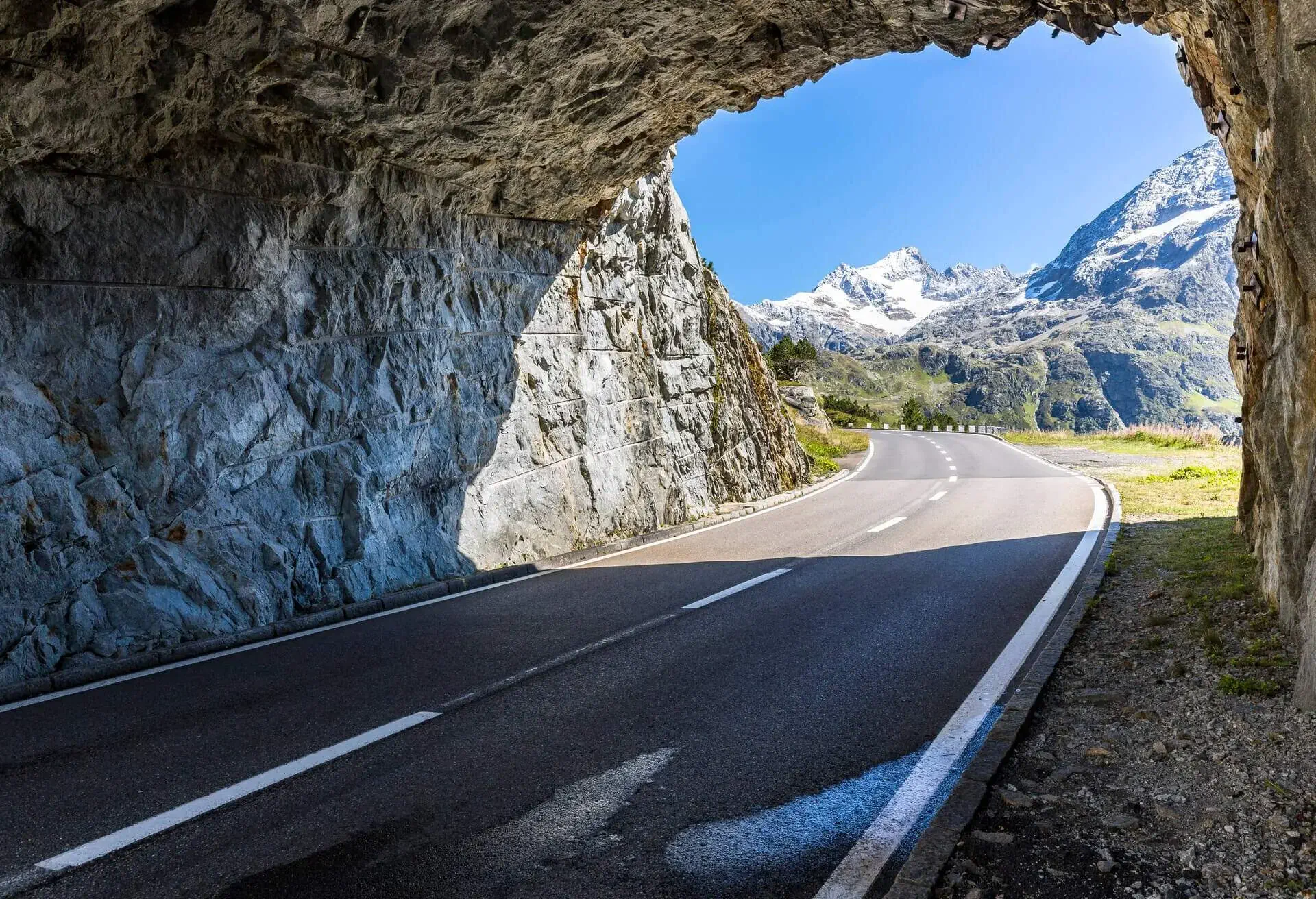
Get inspired for your next road trip
Methodology
Data in seven categories has been collected in order to rank European countries in terms of their road trip-friendliness: Weather, Safety & Infrastructure, Camping, Pricing, Traffic & Sustainability, Car Hire and Nature & Landmarks.
Within these categories, a total of 24 factors have been defined to reach a comprehensive overview of aspects that travellers may encounter and care about when deciding on the destination of their road trip.
A total of 33 European countries have been included in this analysis. The remaining European countries have been excluded due to incomplete data.
All sources have been accessed and data retrieved between 22 February – 22 June 2022. The numbers collected are based on the latest available data. See the full list of data sources.
- For each of the 24 factors, a weight indicating its importance has been assigned (1- lowest, 5 – highest). Attractiveness of natural assets and heritage sites are considered to be the main drivers for tourism, hence they have been assigned the highest weights (5). They are followed by national parks, campsites, road congestion levels, road quality and a range of pricing factors influencing a decision for a road trip holiday. Lower weights have been assigned to factors in the weather category as well as others that are not considered the main decision drivers for road trip destinations (e.g. number of passenger cars per capita).
- Values within each factor were firstly normalised using formulas: score = 10 * (x – min(X)) / (max(X) – min(X)) and score = 10 – 10 * (x – min(X)) / (max(X) – min(X)) for inverted values (e.g. car accidents where the lower value is better).
- The weighted average score of the factors has been calculated for each country.
- Lastly, the weighted average score of the factors has been normalised using the formula score = 99 * ( ( (x – min(x) ) / ( (max(x) – min(x) ) ) + 1 to reach the final score on a scale between 1 and 100 (with 1 being the lowest and 100 the highest score).
The same procedure has been applied separately for selected factors to determine rankings for five different road trip types:
- Sustainability type – factors: EV charging stations, Road congestion, Passenger cars per capita, Air pollution, EV charging price;
- Camping & Outdoors type – factors: Precipitation, Temperature, Attractiveness of natural assets, Campsites, Campervan hire price, Wild camping policy, National parks;
- Nature & Landmarks type – factors: UNESCO heritage sites, Attractiveness of natural assets, National parks;
- Budget type – factors: Road tolls policy, Fuel price, EV charging price, Hotel price, Car hire price, Parking price;
- Safety & Comfort type – factors: Speed limits, Car accidents, Quality of roads, Road connectivity, Public toilet density, Rating of car hire companies.
Data sources & factor definitions
Weather:
The Weather category comprises two factors:
Precipitation
Avg. precipitation in depth (mm).
Source: Weatherbase
Temperature
Avg. temperature in a country, based on avg. in major cities.
Source: Weatherbase
Safety & infrastructure:
The Safety & infrastructure category comprises five factors:
Speed limits
The highest possible speed limit has been taken into calculation (i.e. on motorways or the next highest speed limit in a country if no motorways exist). Since no official speed limit is in force in Germany, the value of “160 km/h” has been used for the sake of comparison with other countries.
Source: Wikipedia
Car accidents
Car accidents resulting in injuries and deaths per 1,000,000 inhabitants.
Source: OECD, European Commission (Accessed on 10 March 2022)
Road quality
The road quality factor is measured on a scale of 1(low) – 7(high).
Source: World Economic Forum, Global Competitiveness Report 2017-2018
Road connectivity
Calculated as the total length of road network (km) per land area (km2).
Source: CIA, Worlddata (Accessed on: 2 May 2022)
Public toilet density
Calculated as the number of public toilets per land area (km2).
Source: Toilet Finder (Accessed on: 29 April 2022)
Camping:
The Camping category comprises three factors:
Campsite density
Calculated as the number of campsites available per 100km2.
Source: Camping.info, OpenStreetMap (Accessed on 10 May 2022)
Campervan hire price
Avg. price per day in GBP for renting a campervan. (Prices converted from EUR to GBP on 17 June 2022)
Source: CamperDays
Wild camping policies
Wild camping policities fall into one of three categories:
Yes – Wild camping allowed
Tolerated – Wild camping is not officially allowed but may be possible under certain circumstances. Travellers are advised to learn more about specific rules in their destination country.
No – Wild camping is forbidden and can result in a fine
Each of the categories has been assigned weight to reflect the ease of camping in the country.
Source: Caravanya (Accessed on 10 May 2022)
Pricing:
The Pricing category comprises five factors:
Tolls policy
The countries have been divided into four groups based on their method of toll charging:
1 – toll-free motorways
2 – tolls only for certain bridges/tunnels
3 – toll collection at toll gates (fixed price or distance-based)
4 – motorway charged by vignette (time-based)
These four groups have been weighted with 1 ranked the best and 4 the worst. Due to the difficulty in comparing distance vs. time-based payment methods, the simplification has been made here that vignette as the unavoidable cost should be rated the lowest.
Source: Tolls.eu
Fuel prices
Euro-super 95, Avg. price (GBP) for 1 litre. (Prices converted from EUR to GBP on 17 June 2022)
Source: GlobalPetrolPrices.com (Accessed on 13 June 2022)
Hotel prices
Avg. hotel price per night (GBP) for standard double room across all hotel types. Prices based on the search period 01/01/2022 – 23/02/2022 for the travel period: 01/04/2022 – 31/12/2022. (Prices converted from EUR to GBP on 17 June 2022)
Source: KAYAK internal data
Parking prices
Avg. prices in GBP for 2-hour on-street parking. Data from 2019 (Global Parking Index) or latest available (calculated as an avg. from big cities in a country). (Prices converted from EUR to GBP on 17 June 2022)
Source: Parkopedia Global Parking Index 2019 & Website (Accessed on 22 February 2021)
EV charging prices
Avg. prices in GBP for charging an EV. Cost per 100km drive. (Prices converted from EUR to GBP on 17 June 2022)
Source: Switcher
Traffic & Sustainability:
The Traffic & sustainability category comprises four factors:
EV charging stations
Calculated as the total number of EV charging stations per 100 km².
Source: Open Charge Map (Accessed on 25 April 2022)
Cars per capita
Passenger cars per 1,000 inhabitants.
Sources: Eurostat, Statice.is, Wikipedia (Sourced in March 2021)
Road congestion
Avg. road congestion factor is the average one-way time needed to transport, in minutes.
Source: Numbeo
Air pollution exposure
Fine particulate matter (PM2.5) is the air pollutant that poses the greatest risk to health globally. Data refers to population exposure of more than 10 micrograms/m3 and is expressed as annual averages.
Source: OECD (2021), Air pollution exposure (indicator). doi: 10.1787/8d9dcc33-en (Accessed on 10 March 2021)
Car Hire:
Car hire category comprises of 2 factors:
Car rental companies
Avg. ratings of all car hire companies in a country on a scale of 1-100, where 100 is the best.
Source: KAYAK internal data
Car rental prices
Avg. prices for a car hire per day in GBP and across all vehicle classes. Prices based on the search period 01/01/2022 – 24/02/2022 for the travel period: 01/04/2022 – 31/12/2022. (Prices converted from EUR to GBP on 17 June 2022)
Source: KAYAK internal data
Nature & Landmarks:
The Nature & landmarks category comprises three factors:
UNESCO World Heritage Sites
Calculated is the number of UNESCO World Heritage Sites in a country per 100 km², based on the total number of Sites in a country.
Source: UNESCO Heritage List (Accessed 10 May 2022)
Attractiveness of natural assets
The extent to which international tourists visit a country mainly for its natural assets (i.e. parks, beaches, mountains, wildlife, etc.) (1 = Not at all; 7 = To a great extent).
Source: World Economic Forum, “Travel and Tourism Competitiveness Report 2019”
National parks
Calculated is the percentage share of national park area of total country land area.
Source: Wikipedia (Accessed 10 May 2022)
